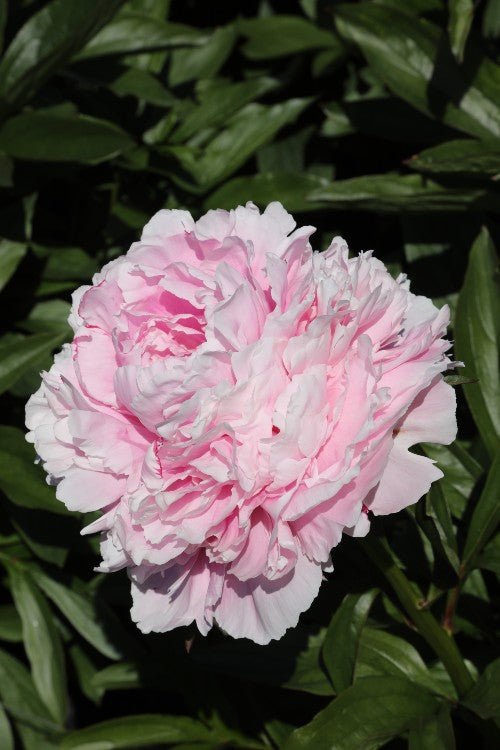
Sarah Bernhardt
795
$7.95
Unit price perAbout Sarah Bernhardt
The Sarah Bernhardt Peony is a stunning, heirloom variety that will add elegance and beauty to any garden. It is a shrubby plant that displays attractive foliage throughout the summer and early fall, and then dies to the ground after frost.
- Features large, double blooms in a deep pink color
- Blooms in late spring to early summer
- Perfect for cut flowers
- Reaches up to 3-4 feet tall and wide
- Very fragrant, and attracts hummingbirds and butterflies
How to care for Sarah Bernhardt
- Plant in full sun to partial shade
- Well-drained soil
- Space 2-3 feet apart
- Provide support for tall stems
- Deadhead spent blooms to prolong the blooming period
FAQs

